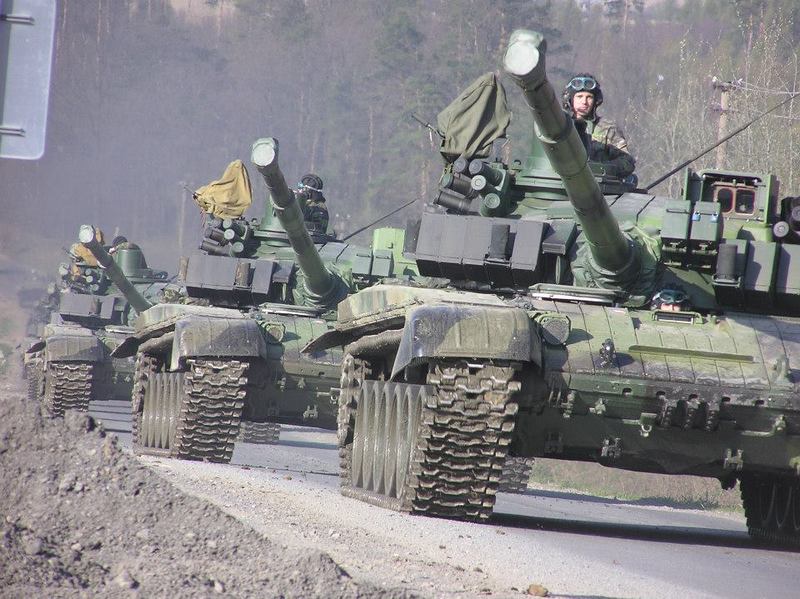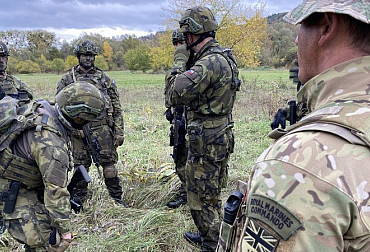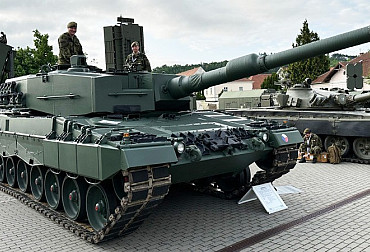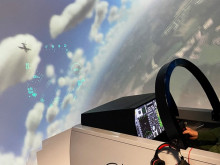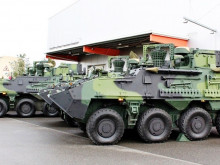Modernization of existing equipment – a solution that might save considerable financial resources
The Ministry of Defence is going to spend tens of milliards CZK over the next few years for infantry fighting vehicles, helicopters and other equipment. We’re talking about a purchase of new machines, although there are hundreds of pieces of older equipment in the garages, which they can continue to use. After modernization.
The Army of the Czech Republic disposes of a wide spectrum of equipment, which continues to be usable till now, but is not compatible with the NATO systems. If you look at the official numbers, which the defence department specifies on its pages, these are as follows: combat tanks (all versions of type T-72) - 116, combat armoured vehicles - 437, artillery systems with the calibre of 100mm and more - 179, combat aircraft (all versions of types JAS-39 and L-159) - 36, and combat helicopters (all versions of types Mi-24 and Mi-35) - 17.
In case of tanks, these are primarily old versions of T-72 M1, because although the modernized T-72 M4CZ tanks are specified in a quantity of several tens of pieces, nowhere it is specified how much is really able to fight (there’s a lot of talk about troubles with the Fire Control system, etc.). Even the old M1 version continues to have its substantiation, for example, for training reservists, but they are absolutely obsolete for combat deployment. This equipment is missing systems and electronics at the modern level. All is solvable, but apparently it isn’t considered to be actual by now. Acquisitions of new armoured personnel carriers are currently being carried out; procurements of the Titus wheeled armoured vehicles are also actual; we’ve already got (and will continue to have them in the future) Gripen’s and we’re waiting for new helicopters. What does, thus, worry the army the most from the above-mentioned army equipment? The artillery systems.
The published numbers of the artillery systems with a calibre of 100 mm and more include all versions of the ShKH M77 Dana guns/howitzers, as well as the ShM 85 and M M1982 trench mortars. And exactly Dana, i.e. 152 mm self-propelled wheeled howitzer, has a high potential in spite of its age. Development of these self-propelled howitzers was finished in 1976 (in a Slovakian Konštrukta Trenčín), and one year later the Dana was adopted by the Czechoslovak People's Army; so this equipment has been serving for years in the army.
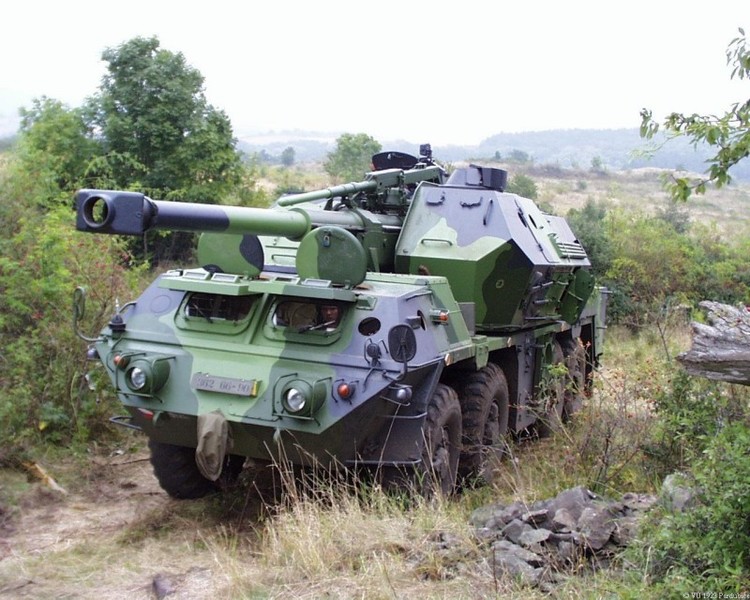
Picture: ShKH model 77 self-propelled gun howitzer | army.cz
The main stumbling block is the calibre, which doesn’t correspond to the practice of the similar systems of the NATO countries, where the 155 mm calibre is usually used. Significant gaps are also in the on-board Fire Control system. Within a possible modernization, it would be suitable to carry out installation of modern navigating, communicating and positioning systems, as well as devices for the measurement of muzzle velocity or other standard physical parameters influencing bullet trajectory.

Picture: Zuzana 2 self-propelled gun howitzer | KONŠTRUKTA - Defence
Poland has modernized its DANA’s; there is a Zuzana project in Slovakia, and we might use capacities and experience of domestic companies instead of purchasing new equipment. Experience with this equipment has, for example, Excalibur Army (hardware and ammunition), Tatra Trucks (motor, chassis), Retia (electronics, software, fire control system).
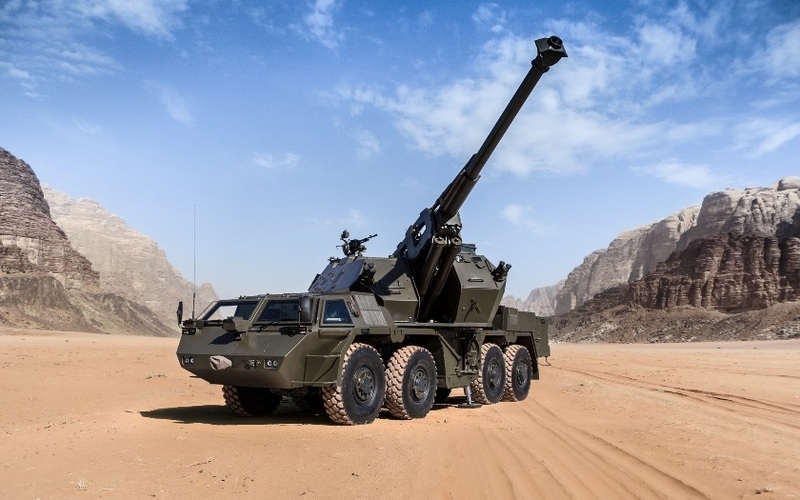
Picture: DANA M2 self-propelled gun howitzer | Excalibur Army
With the help of these companies, the army could get a top-class artillery system, which could compete even at the worldwide level. After all, DANA was timeless equipment in its day, for example, due to its gun loading system. Most of similar systems require outer loading, it means that a crew has to leave the cabin and, thus, is significantly threatened.















